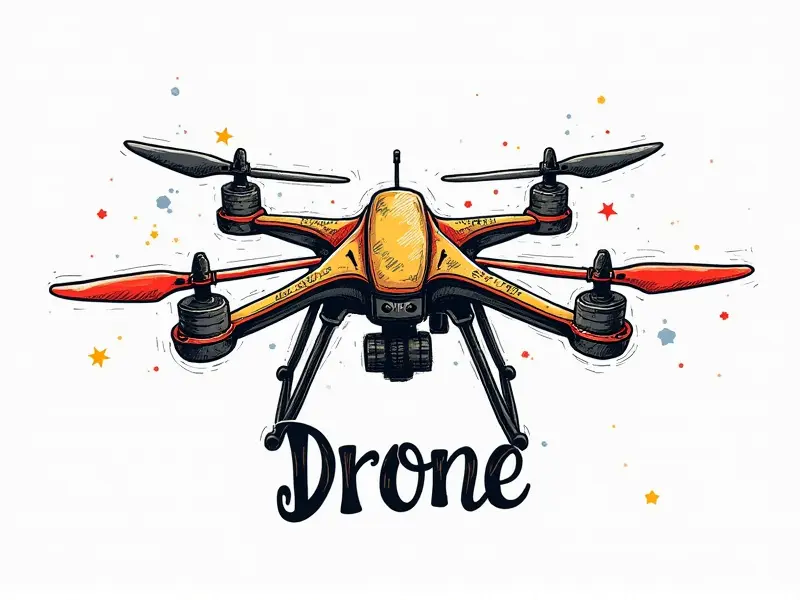RC plane GPS autopilot system?

RC Plane GPS Autopilot System: A Comprehensive Guide
The world of remote-controlled (RC) planes is constantly evolving with advancements in technology. One such innovation that has significantly enhanced the capabilities and enjoyment of RC flying is the GPS autopilot system. This article delves into the best GPS autopilot systems for RC planes, their benefits, features, and how to set them up.
Best GPS Autopilot Systems for RC Planes
Selecting the right GPS autopilot system can greatly enhance your flying experience by providing precise control over your RC plane's flight path. Some of the top choices in this category include:
- Autorc APM 3.0: Known for its robust performance and user-friendly interface, it offers advanced features such as waypoint navigation and automatic landing.
- Tower Hobbies OpenTX: This system is highly customizable and supports a wide range of RC planes, making it suitable for both beginners and experienced pilots.
- CyberTech GPS Autopilot: With its compact design and reliable performance, this autopilot system is ideal for small to medium-sized RC planes.
Benefits of Using GPS in RC Planes
The integration of GPS technology into RC planes offers numerous advantages. Here are some key benefits:
- Precision Navigation: GPS allows your plane to follow predefined flight paths with pinpoint accuracy, ensuring that it stays on course.
- Enhanced Safety: With the ability to automatically return home or land in case of signal loss or low battery, GPS autopilots significantly reduce the risk of accidents.
- Increased Range: By using GPS signals, your RC plane can maintain a stable connection over longer distances compared to traditional radio control methods.
Top Features of RC Plane GPS Autopilots
The most advanced GPS autopilot systems come equipped with several features that make them indispensable for serious RC pilots. Some notable features include:
- Waypoint Navigation: Allows the plane to fly between multiple waypoints, creating complex flight patterns.
- Automatic Takeoff and Landing: Simplifies operations by handling critical phases of flight automatically.
- Battery Management: Monitors battery levels and initiates return-to-home procedures when necessary.
DIY RC Plane GPS Autopilot Guide
If you're interested in building your own GPS autopilot system, there are several DIY options available. Here’s a basic guide to get you started:
- Select Components: Choose the right microcontroller (e.g., Arduino), GPS module, and other necessary hardware.
- Write Firmware: Develop or modify firmware that interfaces with your chosen components.
- Integrate Sensors: Incorporate additional sensors like accelerometers and barometric pressure sensors for better stability.
Choosing the Right GPS Module for RC Planes
The choice of GPS module is crucial as it directly impacts the performance of your autopilot system. Consider factors such as accuracy, update rate, power consumption, and compatibility with your microcontroller when selecting a module.
Advanced Flying with RC Plane GPS Autopilot
Once you have set up your GPS autopilot system, you can explore advanced flying techniques like:
- Sophisticated Flight Patterns: Create intricate flight paths using waypoint navigation.
- Mission Planning Software: Utilize software tools to plan and execute complex missions.
Troubleshooting Common Issues with RC Plane GPS
Like any technology, GPS autopilot systems can encounter issues. Here are some common problems and their solutions:
- Lack of Signal: Ensure that your GPS module has a clear view of the sky and is properly configured.
- Battery Drain: Optimize power usage by selecting efficient components and implementing battery-saving features in firmware.
Beginner's Guide to RC Plane GPS Autopilot
For those new to GPS autopilots, here’s a step-by-step guide to help you get started:
- Familiarize Yourself with Components: Understand the purpose and functionality of each part in your system.
- Setup Basic Flight Parameters: Configure initial settings such as home point, flight altitude, and speed limits.
- Test Thoroughly: Conduct multiple test flights to ensure everything is working correctly before attempting more complex maneuvers.
Enhancing Flight Stability with GPS Autopilot
To maximize the stability of your RC plane during flight, consider implementing features like:
- Attitude Control: Use sensors to maintain a stable orientation regardless of external disturbances.
- Wind Compensation: Adjust flight paths in real-time based on wind conditions for smoother and more controlled flights.
Setting Up GPS Autopilot on Your RC Plane
The setup process involves several steps, including hardware installation, firmware configuration, and initial testing. Follow these guidelines to ensure a smooth setup:
- Install Hardware Components: Mount the GPS module, microcontroller, and other necessary parts securely.
- Configure Firmware Settings: Set up parameters such as home location, flight modes, and safety features.
- Conduct Initial Tests: Perform basic tests to verify that all components are functioning correctly.
Comparing Different RC Plane GPS Models
To help you make an informed decision, here’s a comparison of some popular GPS autopilot models based on their features and performance:
| Model | Precision Navigation | Battery Management | Waypoint Capabilities | User Interface |
|---|---|---|---|---|
| Autorc APM 3.0 | High | Advanced | Robust | Friendly |
| T-Motor GPS Module | Moderate | Basic | Limited | Simplistic |
By carefully considering these factors, you can choose the best GPS autopilot system for your RC plane.
Conclusion
Integrating a GPS autopilot into your RC plane offers numerous benefits, including improved stability, advanced flight capabilities, and ease of use. Whether you opt for a commercial solution or embark on a DIY project, the right GPS autopilot can significantly enhance your flying experience.

